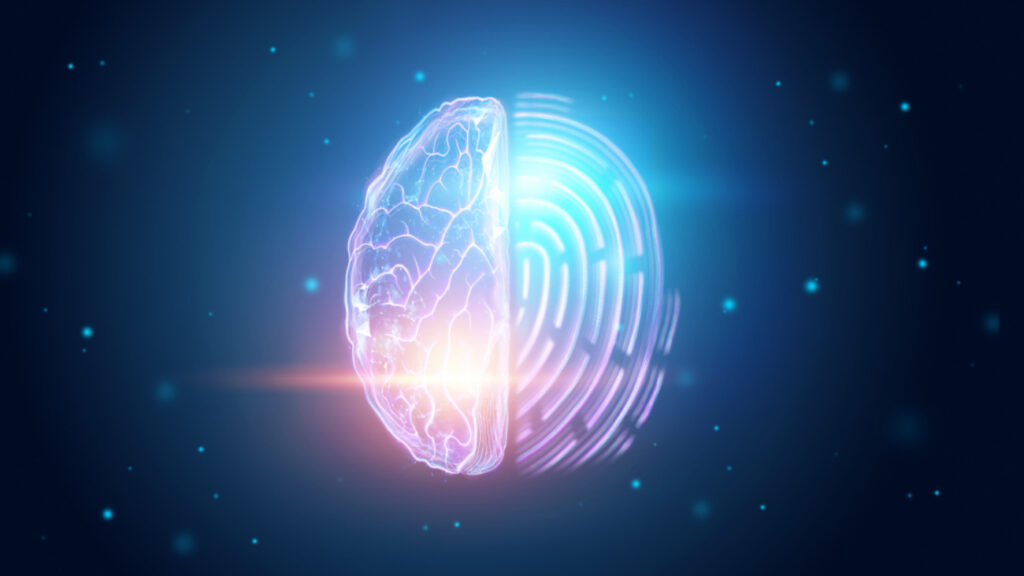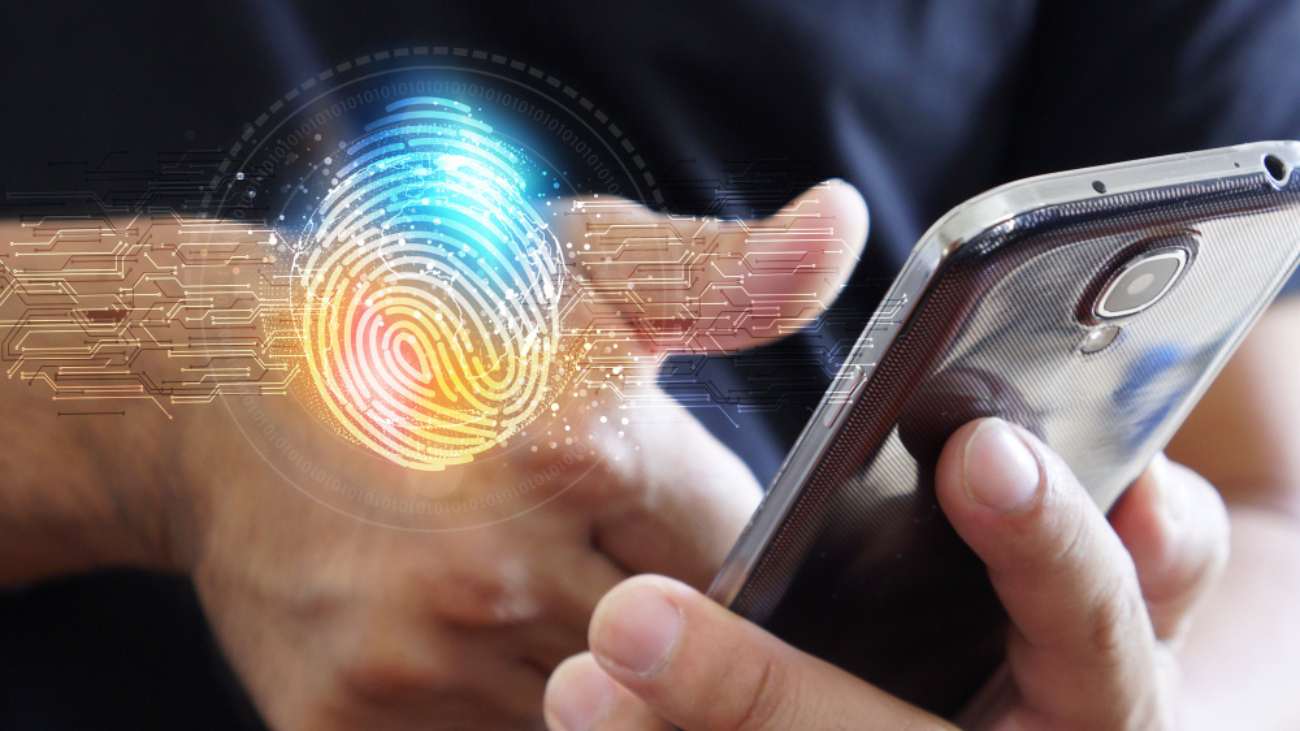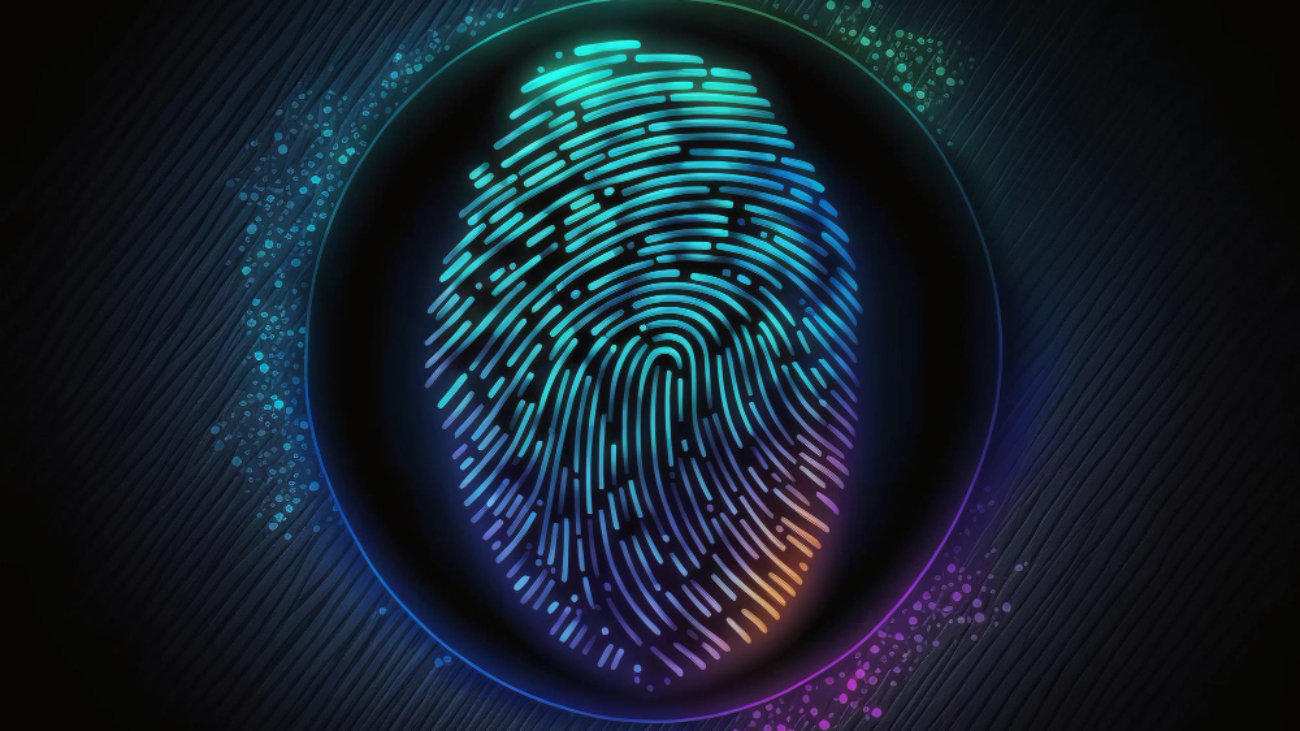Biometrics as a means of security has been around for decades, and for a long time, fingerprint recognition was the ‘go to’ identification tool for businesses and organisations. Recently, however, there has been a growing interest in using smell recognition as an additional or potentially even a complete form of biometric technology observed Bahaa Abdul Hadi.
What Is Biometrics?
Biometrics verifies a person’s identity using unique physical characteristics, such as fingerprints, facial recognition, iris scans and voice recognition. Generally, traditional biometric systems will identify a person by comparing a sample of the person’s biometrics with a stored template.
The Potential of Smell Recognition
With the advancement of technology and the rapidly growing interest in alternative biometric technologies, smell recognition has become an increasingly popular means of authentication. Smell recognition technology is based on the idea that when we smell something. We recognize it as familiar, be it a person’s scent, food, or something else.
The technology utilizes gas sensor arrays to sample and record different scents. It then uses algorithms to analyze the data and create a profile for each unique smell. A smell signature, or unique combination of scents, is created, which can then be used to identify a person with high accuracy.
Advantages of Smell Recognition
Smell recognition has several key advantages compared to other forms of biometric authentication. Firstly, its non-invasive nature eliminates the need for additional hardware such as fingerprint scanners or cameras.
Additionally, unlike facial or fingerprint recognition, smell recognition is less likely to be affected by external conditions or age. This makes it more reliable and secure as a biometric technology. In addition, the technology is resistant to replication and is difficult to crack, meaning it is more secure than traditional biometric methods.
Finally, smell recognition is faster than other biometric methods. It is estimated that ID verification can be completed in as little as one second, making it well-suited for applications such as border control or access systems.
Potential Applications of Smell Recognition
The potential applications of smell recognition as a biometric technology are vast and varied.
The technology could be used as access control, where individuals are identified simply by the unique scent of their body odour instead of passcodes or keycards. Similarly, it could provide additional security in the banking and finance sector or verify the authenticity of documents or goods.
The technology could also find application in military or law enforcement contexts, for example, to detect the presence of known criminals or locate hidden explosives. And it could be used to automate the authentication process at airports or other high-security locations, enabling quicker and more accurate identification of individuals.
Conclusion
The potential of smell recognition as a biometric technology is vast, and the applications are wide ranging. Its non-invasive nature, higher reliability and greater security make it an ideal choice for organisations in need of high-level verification. As the technology continues to develop, we can expect its use to become increasingly commonplace in various contexts.
Thank you for your interest in Bahaa Abdul Hadi blogs. For more information, please stay tuned to www.bahaaabdulhadi.com







